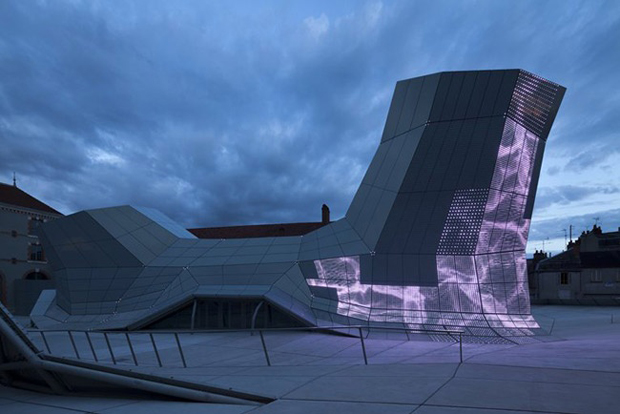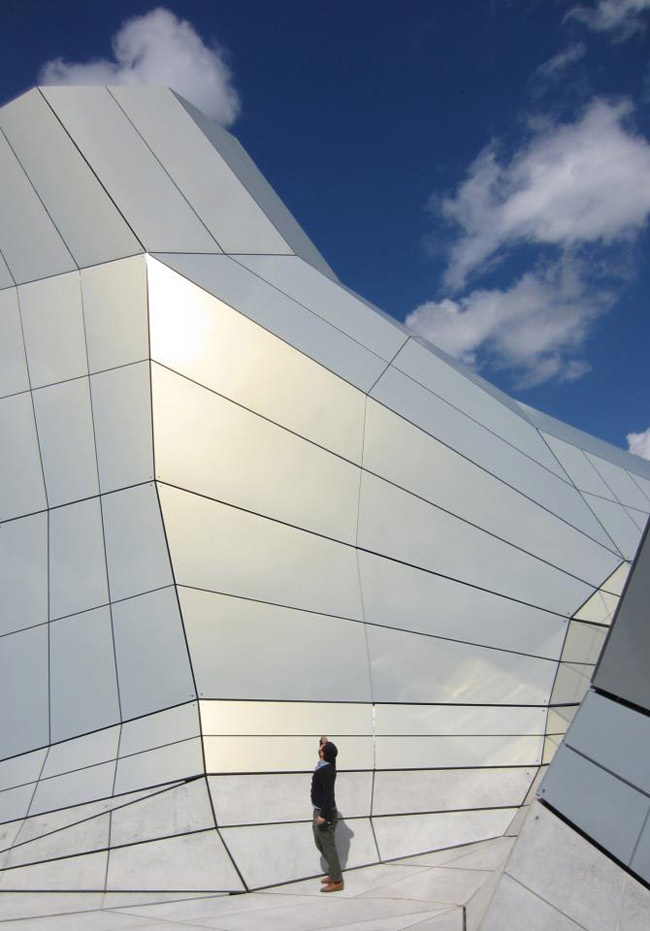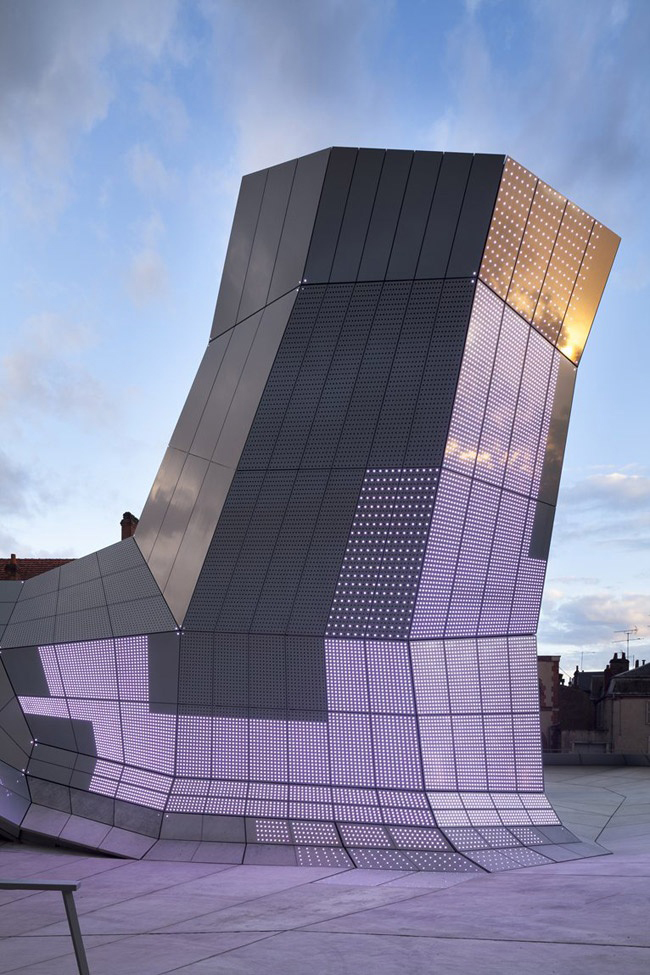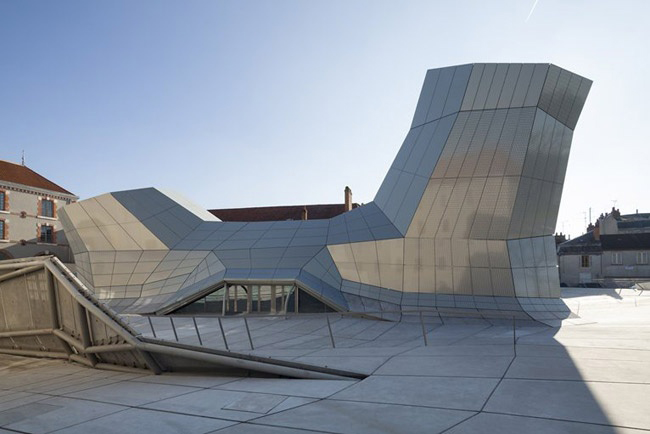
Jakob+MacFarlane's illuminating extension
The Parisian practice creates a suitably impressive addition to France's repository for radical architecture
Next month, the Fonds Régional d'Art Contemporain or FRAC centre in the French city of Orléans opens this amazing new extension. FRAC, which was founded just over thirty years ago as a regional arts institution, has, for the past 20 years, specialised in collecting and preserving 'radical architecture' and now houses 600 works, 800 architectural models and maquettes, and more than 15,000 drawings in its collection.

However, FRAC's current premises aren't particularly ground breaking; the collection is kept in a pleasant, though fairly unremarkable 18th century neoclassical military building. Yet, to mark its 30th anniversary, the institution has commissioned Parisian architects Jakob+MacFarlane to create this incredible creation in the courtyard of its current premises.

Called Turbulences, it serves as a reception room for all manner of architectural endevours, as well as a pedestrian junction, directing visitors to this or that wing of the old building. The lower parts are concrete and the upper panels are aluminium into which Jakob+MacFarlane have set hundreds of coloured LEDs. At night, the LEDs light up in beguiling patterns created by digital artists Electronic Shadow.
In all, it's a great way to introduce groundbreaking architecture into somewhat staid setting. To see it properly, visit FRAC in Orléans on September 14, when the centre will host a special expo.

For more on this story go here. To find out more about digital and light art, please consider our book, Art and Electronic Media. For more on contemporary building trends, do take a look at our Atlas of 21st Century World Architecture; for other great concrete creations, take a look at Concrete; and for greater insight into FRAC's old premises, try our brilliant Neoclassicism overview.